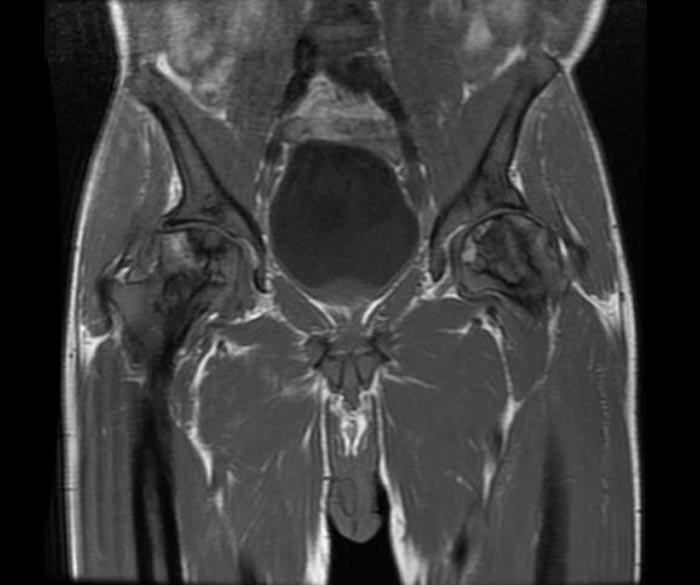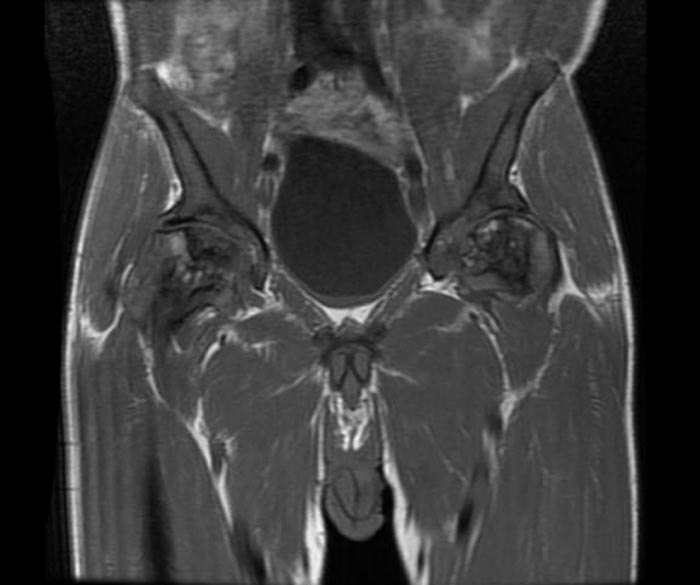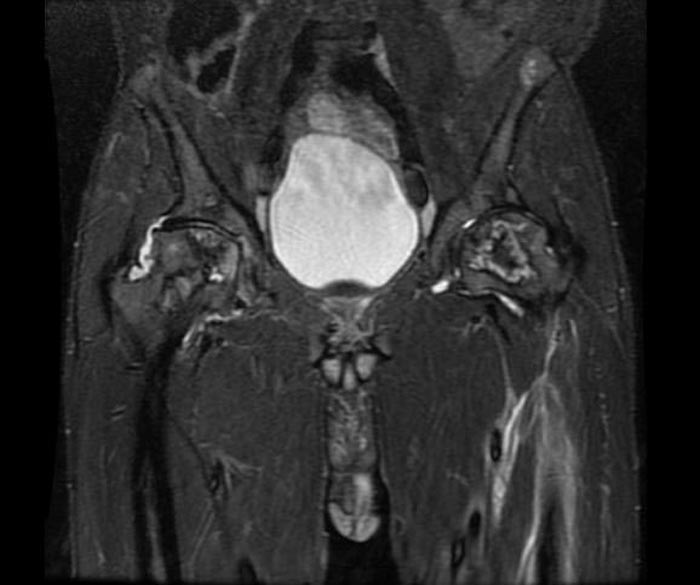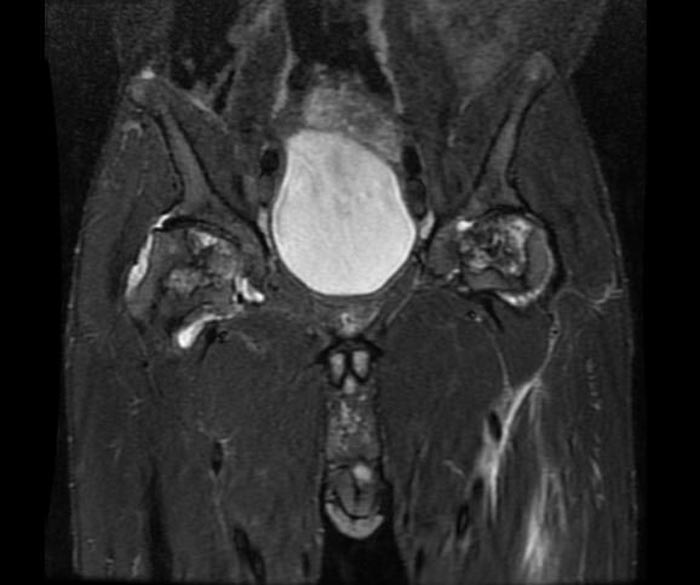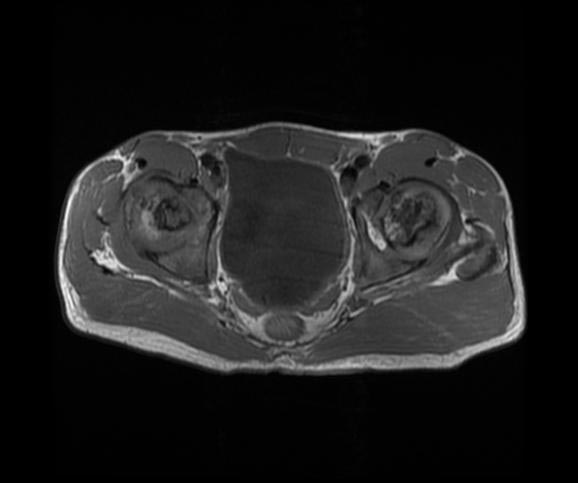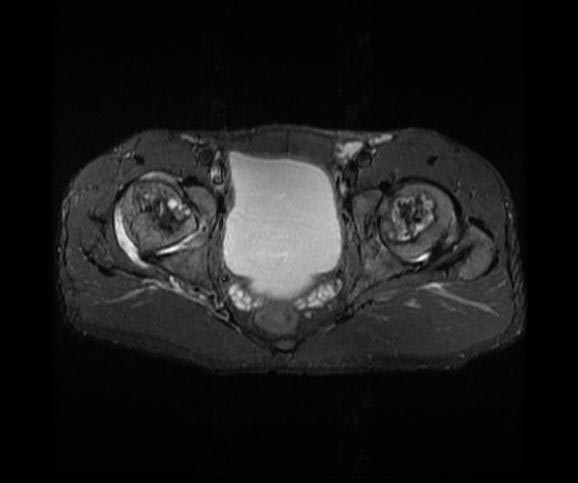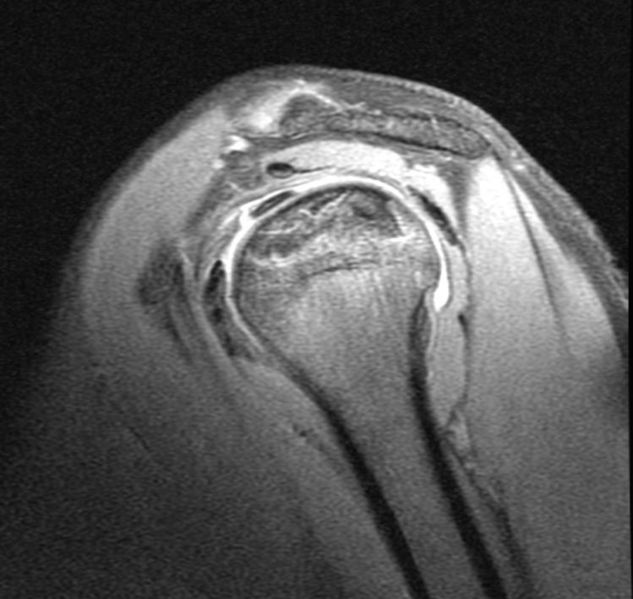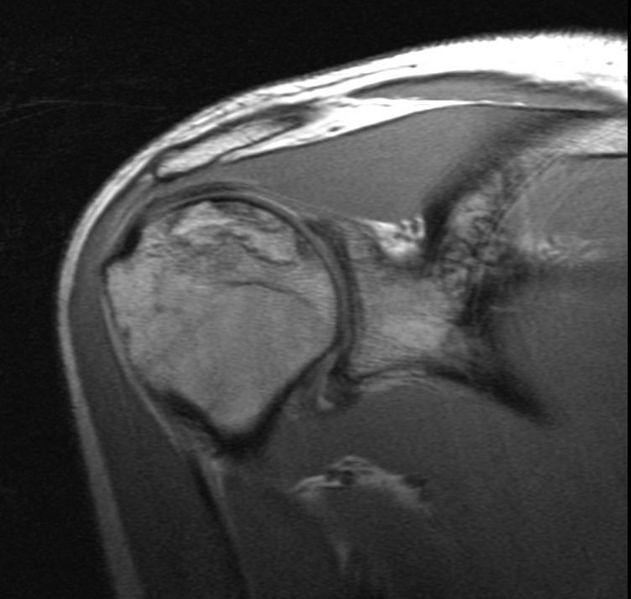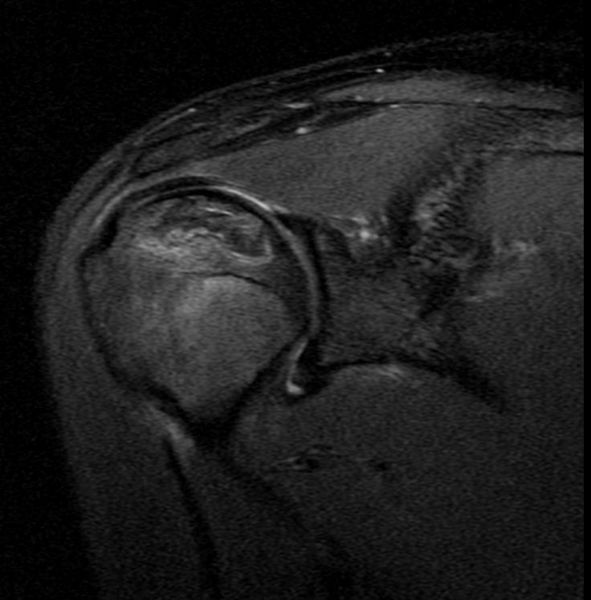Avascular necrosis
| Avascular necrosis | |
| ICD-10 | M87 |
|---|---|
| ICD-9 | 733.4 |
| DiseasesDB | 1174 |
| MeSH | D010020 |
Editor-In-Chief: C. Michael Gibson, M.S., M.D. [1] Associate Editor(s)-in-Chief: Sara Mohsin, M.D.[2]
Synonyms and keywords: Osteonecrosis; osteochondritis dissecans; aseptic necrosis; ischemic bone necrosis; aseptic osteonecrosis; avascular necrosis of bone; Kienbock disease; Kienbock's disease; Kienboeck disease; Kienboeck's disease; necrosis, aseptic, of bone; necrosis, avascular, of bone
Overview
Avascular necrosis is a disease resulting from the temporary or permanent loss of the blood supply to the bones. Without blood, the bone tissue dies and causes the bone to collapse. If the process involves the bones near a joint, it often leads to collapse of the joint surface. This disease also is known as osteonecrosis, aseptic (bone) necrosis, and ischemic bone necrosis.
Causes
Traumatic causes
- Traumatic causes involve femoral neck fractures
Non-traumatic causes
- Non-traumatic causes of avascular necrosis include:[1]
- Alcoholism
- Excessive steroid use (this alongwith excessive alcohol use comprises 90% cases)
- Systemic lupus erythematosus
- Antiphospholipid antibody syndrome
- Caisson disease (decompression sickness)
- Chronic renal insufficiency
- Gaucher's disease
- HIV infection
- Post renal transplantation
- Hemodialysis
- Vascular compression
- Hypertension
- Vasculitis
- Thrombosis
- Damage from radiation
- Bisphosphonates (particularly the mandible)
- Sickle cell anaemia (very rarely)
- Idiopathic (no cause is found in some cases)
Epidemiology and Demographics
- Avascular necrosis usually affects people between 30 and 50 years of age
- About 10,000 to 20,000 people develop avascular necrosis of the head of the femur in the US each year
- When it occurs in children at the femoral head, it is known as Legg-Calvé-Perthes syndrome
Diagnosis
History and Symptoms
- Initially, it remains painless
- Pain in the affected joint is the first symptom especially with use or weightbearing
- Limp during walking (if lower extremity is involved)
Common sites of involvement
- While it can, by definition, affect any bone, and half of cases show multiple sites of damage, this disease primarily affects the joints at the shoulder, knee, and hip
- Although it can happen in any bone, avascular necrosis most commonly affects the ends (epiphysis) of long bones such as the femur, the bone extending from the knee joint to the hip joint
- Other common sites include:
- The disease may affect just one bone, more than one bone at the same time, or more than one bone at different times
MRI
- Orthopaedic doctors most often diagnose the disease except when it affects the jaws, when it is usually diagnosed and treated by dental and maxillofacial surgeons
- Because early x-rays are usually normal in the early stage of the disease , bone scintigraphy and MRI are the diagnostic modalities of choice since both can detect minimal changes at early stages of the disease.
On MR imaging, double line sign is seen.[2]
Patient #1
Patient #2: MR images demonstrate shoulder AVN
Treatment
Avascular necrosis is especially common in the hip joint. A variety of methods are now used to treat avascular necrosis, the most common being the total hip replacement, or THR. However, THRs have a number of downsides including long recovery times and short life spans. THRs are an effective means of treatment in the geriatric population, however doctors shy away from using them in younger patients due to the reasons above. A new, more promising treatment is metal on metal resurfacing. It is a form of a THR, however in this procedure, only the head of the femur is removed as opposed to a THR in which the entire neck is removed. Metal on metal resurfacing is still experimental in America but has been endorsed in Great Britain as an excellent alternative to a THR. Bone is always undergoing change or remodelling. The bone is broken down by osteoclasts and rebuilt by osteoblasts. Some doctors also prescribe bisphosphonates (e.g. alendronate) which reduces the rate of bone breakdown by osteoclasts, thus preventing collapse (specifically of the hip) due to AVN.
Another treatment is the Free Vascular Fibular Graft (FVFG), in which a portion of the fibula, along with its blood supply, is removed and transplanted into the femural head.
The amount of disability that results from avascular necrosis depends on what part of the bone is affected, how large an area is involved, and how effectively the bone rebuilds itself. The process of bone rebuilding takes place after an injury as well as during normal growth. Normally, bone continuously breaks down and rebuilds--old bone is reabsorbed and replaced with new bone. The process keeps the skeleton strong and helps it to maintain a balance of minerals. In the course of avascular necrosis, however, the healing process is usually ineffective and the bone tissues break down faster than the body can repair them. If left untreated, the disease progresses, the bone collapses, and the joint surface breaks down, leading to pain and arthritis.
Primary Prevention
- Patients with chronic glucocorticoids use (such as SLE patients on prednisone) should be given prophylactic calcium and vitamin D to prevent bone loss which in turn reduces chances of developing avascular necrosis.
Sources
Copyleft images obtained courtesy of RadsWiki [3]
References
- ↑ Mont MA, Jones LC, Hungerford DS (2006). "Nontraumatic osteonecrosis of the femoral head: ten years later". J Bone Joint Surg Am. 88 (5): 1117–32. doi:10.2106/JBJS.E.01041. PMID 16651589.
- ↑ Enge Junior DJ, Fonseca EKUN, Castro ADAE, Baptista E, Santos DDCB, Rosemberg LA (2019). "Avascular necrosis: radiological findings and main sites of involvement - pictorial essay". Radiol Bras. 52 (3): 187–192. doi:10.1590/0100-3984.2017.0151. PMC 6561372 Check
|pmc=value (help). PMID 31210694.
Template:Diseases of the musculoskeletal system and connective tissue
